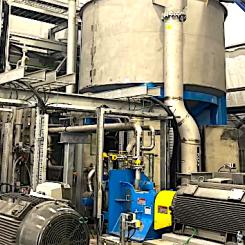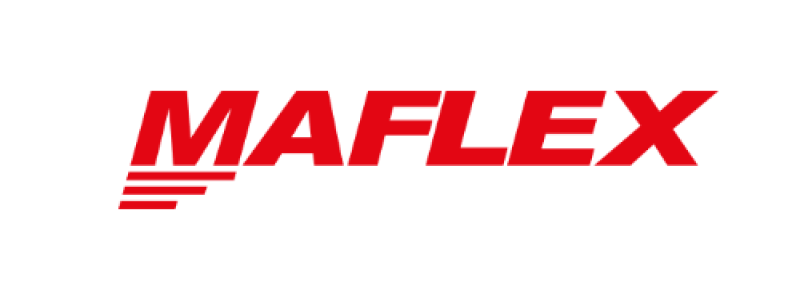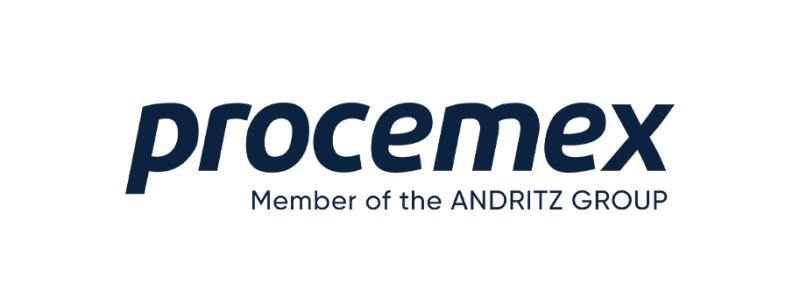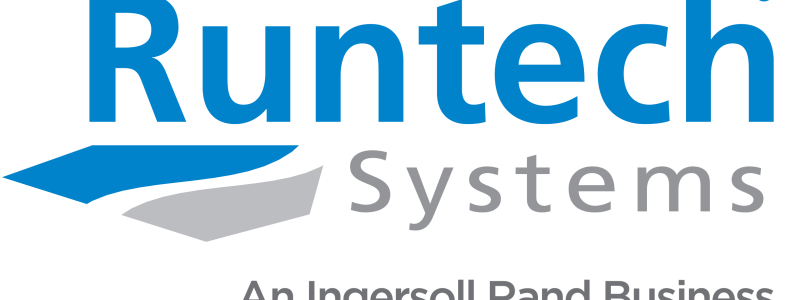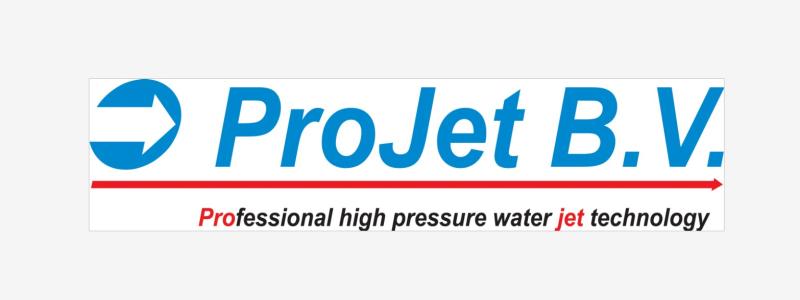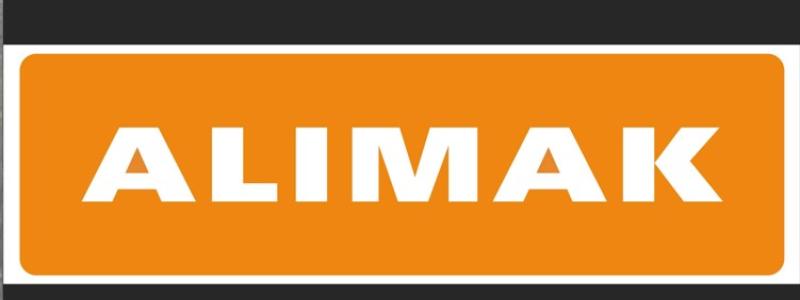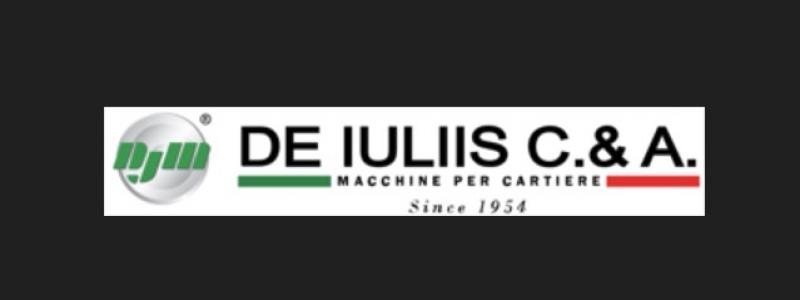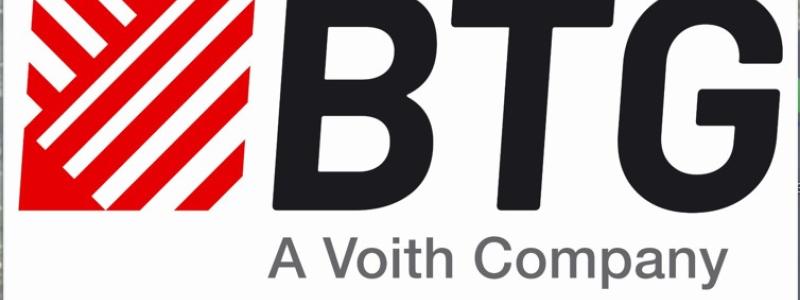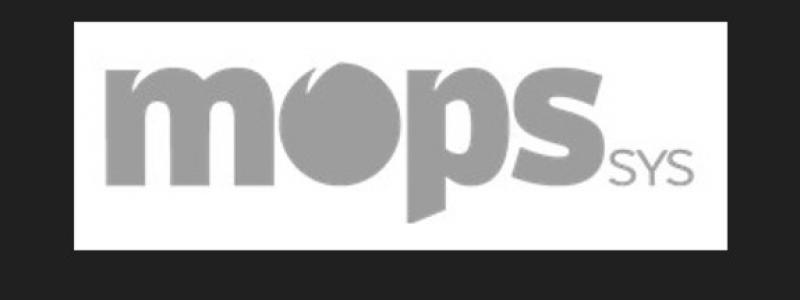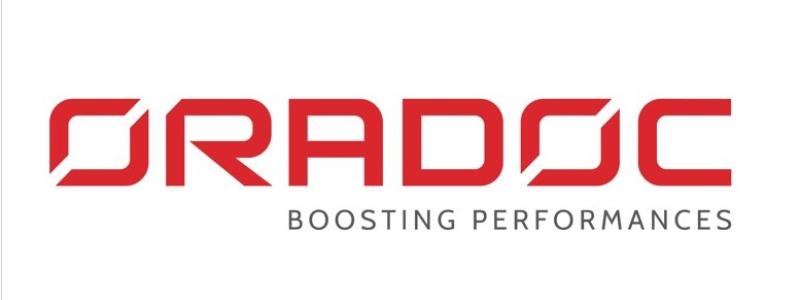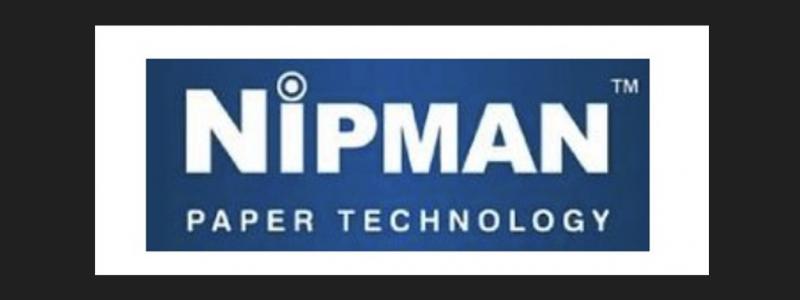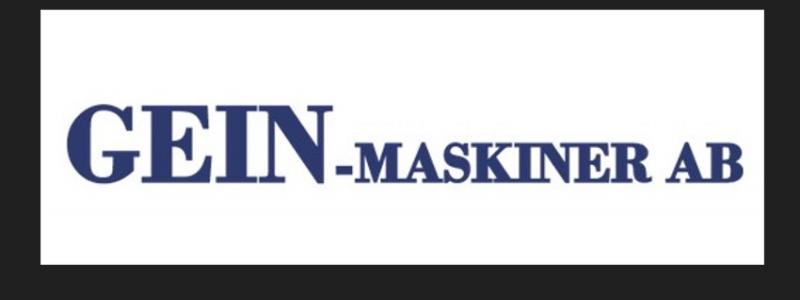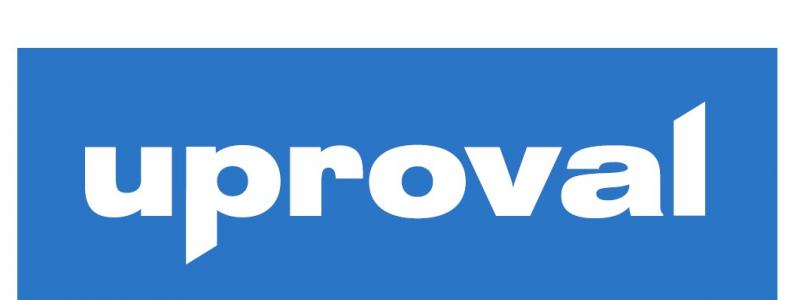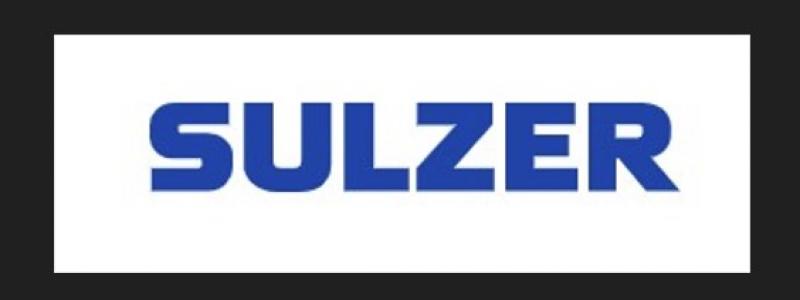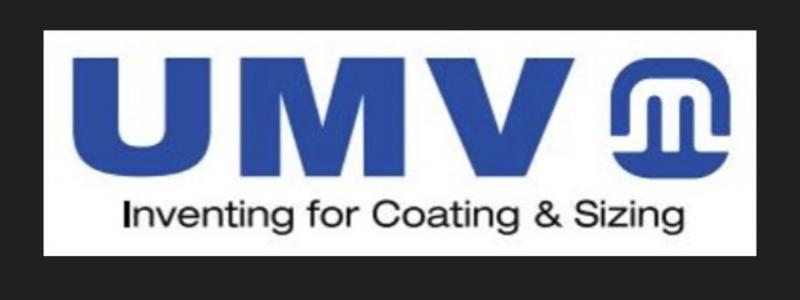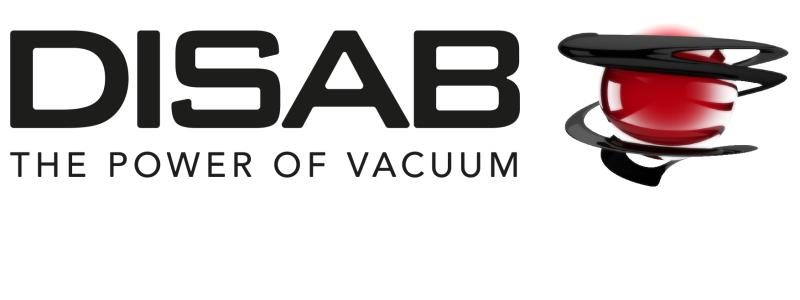The Global Industrial Paper Market is projected to grow at a CAGR of 4.5% from 2026 to 2033, according to a new report published by Verified Market Reports®. The report reveals that the market was valued at USD 240 Billion in 2024 and is expected to reach USD 350 Billion by the end of the forecast period.
Key companies profiled in the report include
UPM, SCA, Kruger, Stora Enso, Catalyst Paper, Evergreen Packaging, Burgo Group, Nippon Paper, Sappi, Oji Paper, Sun Paper, Chenming Group, Gold East Paper, Ningbo Zhonghua Paper, Shanying International, International Paper
Industrial Paper Market: Trends and Opportunities
Shift from graphic to packaging grades: growth in corrugated and containerboard driven by e-commerce and FMCG packaging demand; profitability is migrating toward packaging solutions with higher margin capture and innovation potential.
Regional rebalancing of production: Asia-Pacific, led by China, dominates volume growth while Europe and North America see consolidation and capacity rationalization amid energy and regulatory pressures.
Circularity and recovered-feedstock strategies: recovered paper infrastructure, chemical recycling pilots, and fiber substitution programs are redefining feedstock security and cost structures.
The Industrial Paper Market is at an inflection point where product mix, regulatory pressure, and digital transformation intersect. Demand is decoupling from historic print volumes and re-anchoring to packaging and industrial specialty grades. Market entry and expansion strategies that focus on vertical integration of recovered feedstock, rapid mill digitalization, and modular capacity additions create competitive advantage. Cost volatility—energy, pulp, and logistics—remains the principal operational risk; prudent hedging, localizing fiber supply chains, and investing in energy efficiency are therefore high-priority actions for C-suite teams aiming to protect margins and maintain service levels. The following sections translate macro trends into tactical options for investors, product strategists, and competitive-intelligence functions.
Industrial Paper Market Dynamics: Drivers & Restraints
Growth drivers: accelerating e-commerce and FMCG packaging demand, substitution from plastics to fiber, and rising uptake of specialty industrial papers for filtration, hygiene, and energy applications. Key restraints: raw material supply shocks, energy price volatility, tightening environmental regulations, and the long lead time/capex intensity of new pulp/paper assets.
Firms that combine asset optimization with flexible product lines will outperform peers.
How will recycled feedstock economics and regulation reshape industrial paper margins over the next five years?
Recovered-paper economics will be the single most material margin lever for industrial paper producers. As procurement policies and extended producer responsibility (EPR) schemes tighten, demand for certified recycled content will rise. Companies that build vertically integrated recovered-paper networks, invest in sorting/grade upgrading technology, and negotiate long-term offtakes with municipal and commercial waste streams will secure lower, more predictable feedstock costs and avoid scramble-market spikes. Regulatory compliance costs (collection, sorting mandates, minimum recycled content) will be absorbed most efficiently by scale players or regional integrators that can standardize processes across sites. For investors, the playbook favors capital allocation toward recycling infrastructure, near-term brownfield improvements for yield uplift, and partnerships with waste management firms to lock in volume and price stability.
Which industrial paper applications will offer the best ROI for targeted R&D and premium pricing?
Three application clusters offer the best ROI: (1) filtration and separation media (industrial air/liquid filters, HVAC, automotive) where performance requirements justify technical coatings and narrow tolerances; (2) electro-chemical and battery separator papers that are critical to EV supply chains and command premium margins; (3) specialty release and technical papers for laminates, hygiene, and medical disposables where regulatory certification creates barriers to entry. Companies with strong pilot facilities, rapid prototyping capabilities, and co-creation agreements with OEMs will capture early adopter premiums and secure long-term contracts. Prioritize R&D that shortens time-to-certification and leverages process know-how (surface chemistry, calendaring, moisture control) to create defensible product features.
Industrial Paper Market Geographic Dominance & Data-Driven Context
Global production volumes and trade flows show a clear geographic shift. Total world paper and paperboard production experienced contraction in several mature markets, while Asia-Pacific led overall growth. In 2023 global paper production declined versus the prior year, with estimated world production around the low-400 million tonne band—driven by decreases in Europe and North America and growth concentrated in Asia-Pacific.
China remains the dominant manufacturing base and internal demand market for paper products; national statistics show machine-made paper and paperboard production exceeded 140 million tonnes in 2023, reinforcing China's central role in global capacity and trade. Strategic players should model China's operating-rate dynamics carefully: oversupply in certain grades has depressed prices but also created export opportunities for resilient, low-cost producers.
A regional snapshot useful for scenario planning: Europe has seen sectoral contraction and capacity rationalization under high energy costs and decarbonization mandates; multiregional trade flows (exports/imports) shifted accordingly. Global trade data for 2023 indicate that the European Union remained a major exporter of writing and printing paper products by value, while Asian exporters expanded volumes.
About Verified Market Reports
With a team of 500+ Analysts and subject matter experts, Verified Market Reports leverages internationally recognized research methodologies for data collection and analyses, covering over 15,000 high impact and niche markets.




